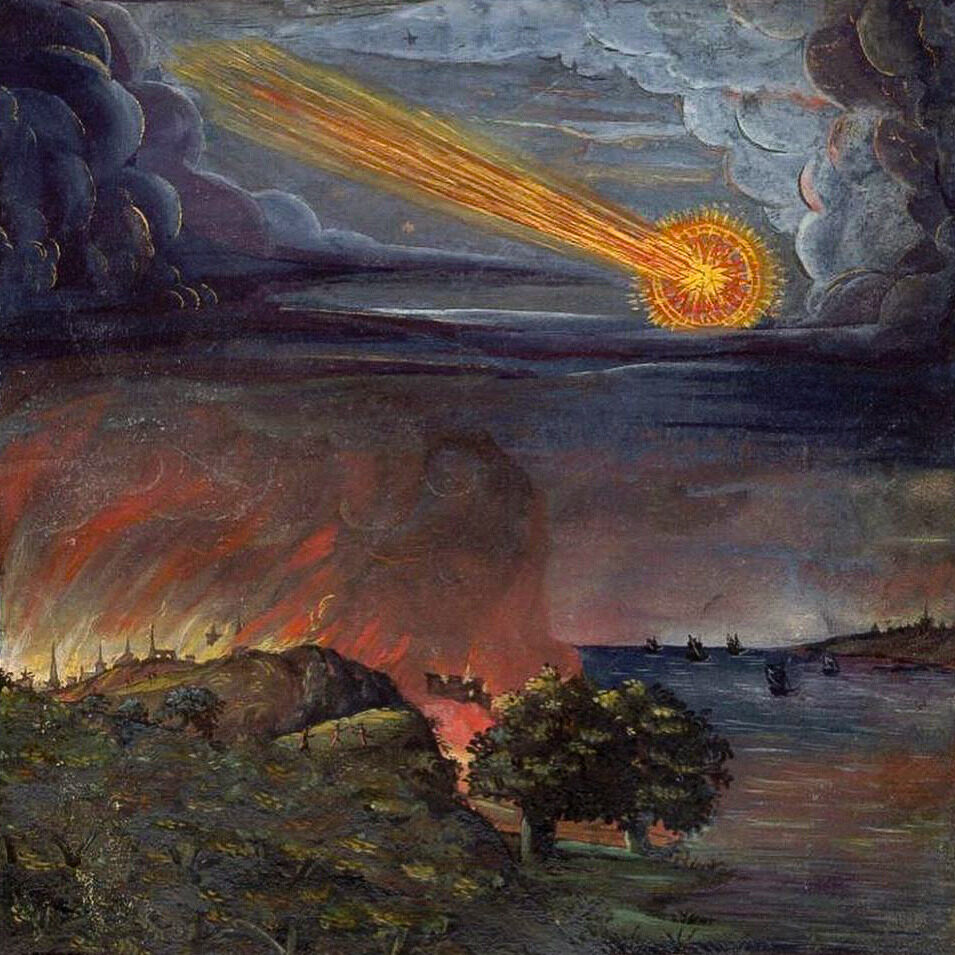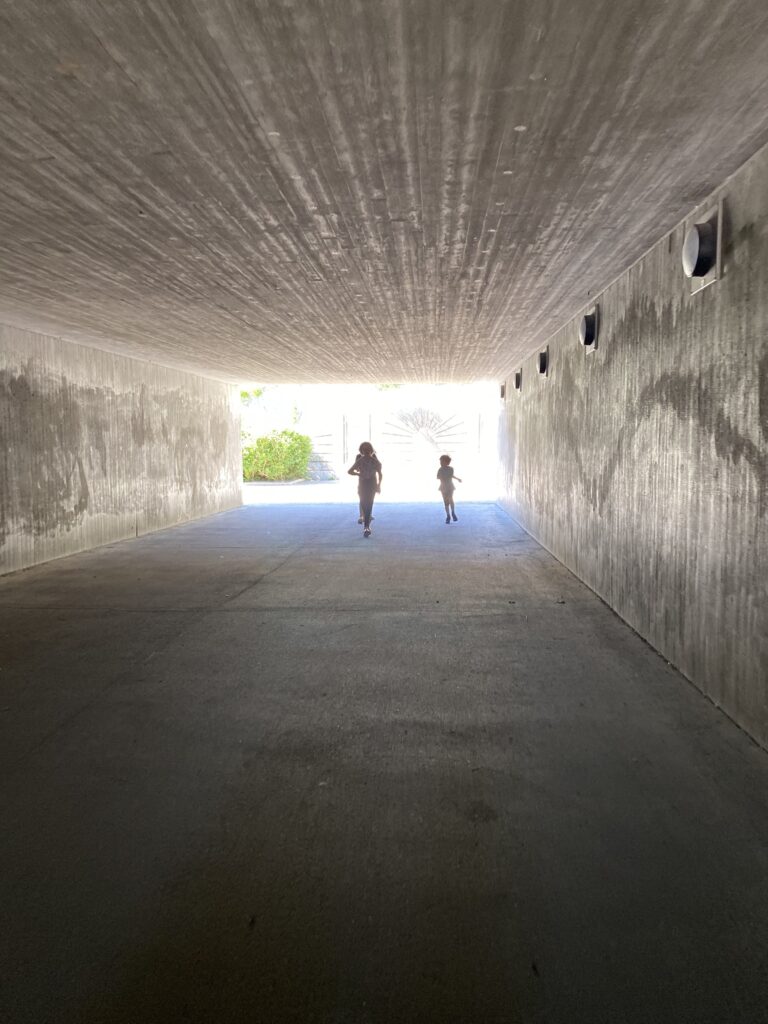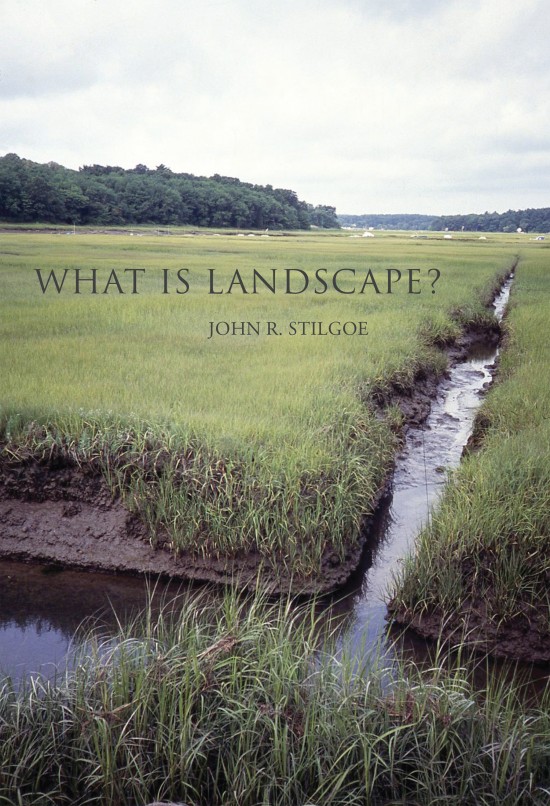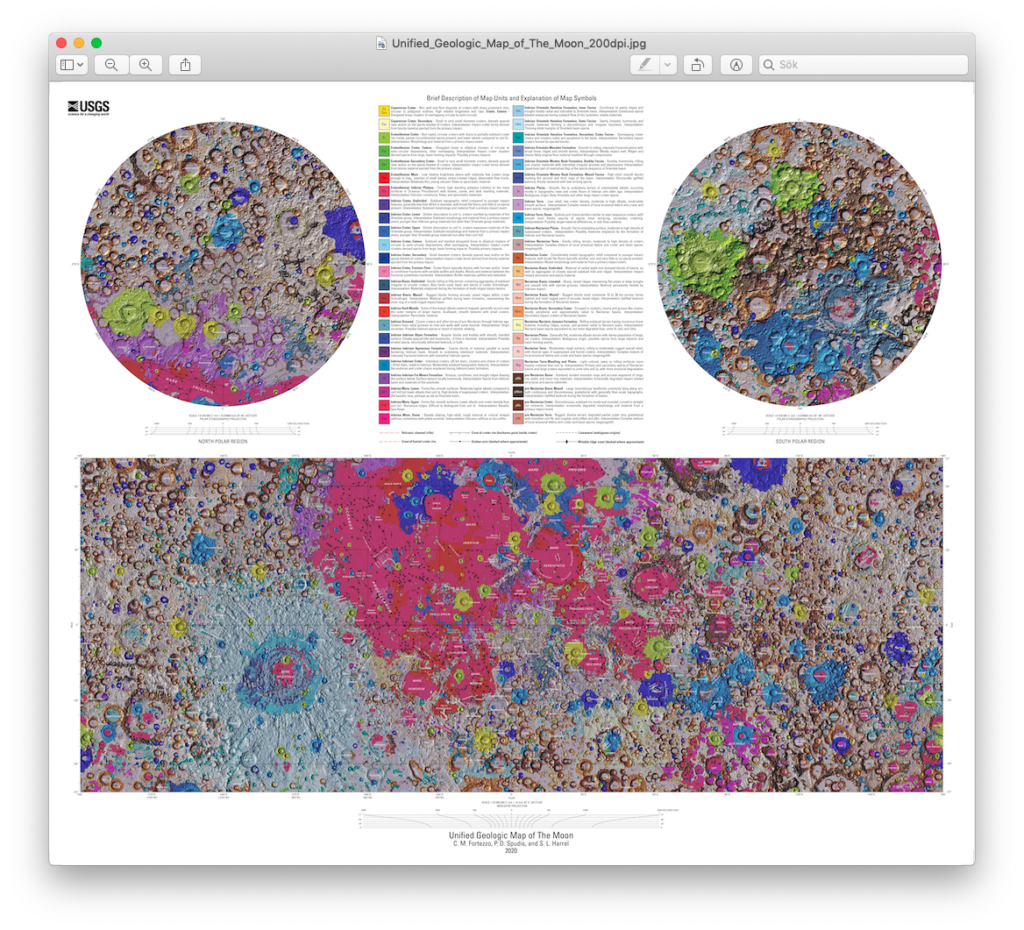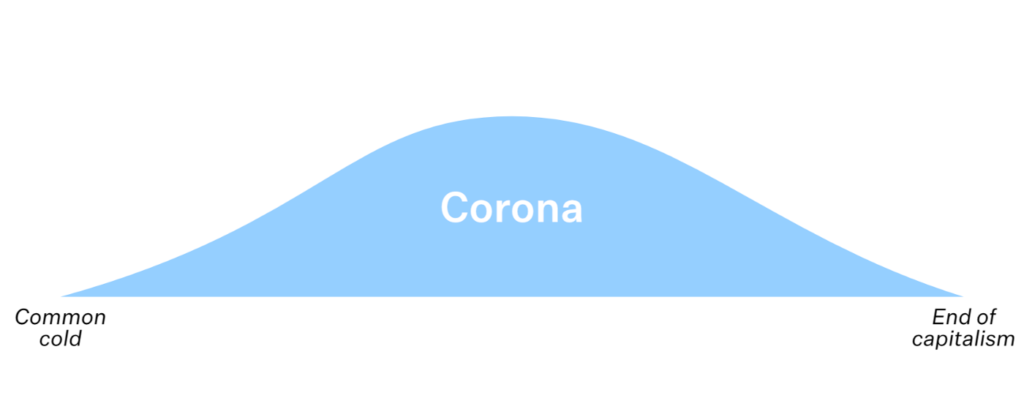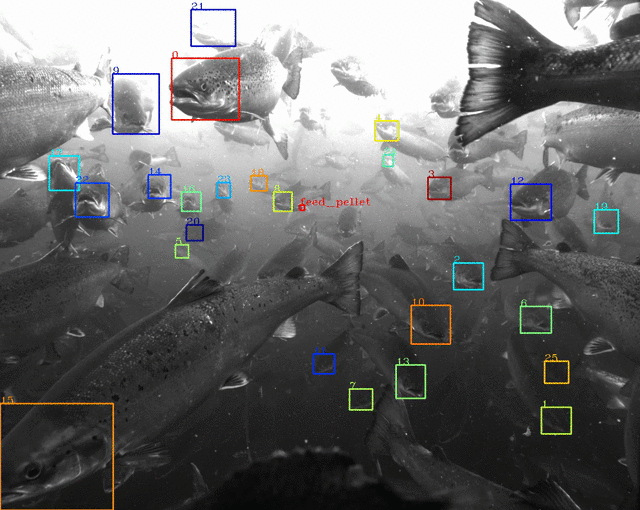Det är bra att bli påmind om att böcker förr i tiden (vi pratar nu renässans och tidig-modern tid, i böckernas barndom) faktiskt lästes högt i så hög utsträckning, till och med så att det liksom det höga läsandet liksom var läsning.
Irina Dumitrescu recenserar ett par böcker på det här temat i London Review of Books.
It is easy to overlook how loud premodern education was. Most of our evidence for more than a thousand years of teaching consists of books, and, to the modern way of thinking, books are objects used silently. That this was not the usual way of doing things for much of Western history is now better known, though still difficult fully to understand.
What’s clear is that reading was, for most people, a fundamentally social act. This remained true in the millennium following Augustine. Meals at Benedictine monasteries were accompanied by a reading; the listening monks and nuns were expected to use signs if they wanted someone to pass the salt.
Det är spännande att tänka på att den typografi vi tar för given i böcker idag (enkla punkter, komman, kolon och semikolon) egentligen är en slags notation för höguppläsning och dramatisering.
Modern English is punctuated to help readers understand the grammatical structure of a sentence. In the 16th century, this way of using marks was in its infancy. In most cases, texts were ‘pointed’ to help the reader speak the sentence with the right rhythm. A comma indicated a short pause, a colon cued a slightly longer pause, and the period a full stop. Printers understood the necessity of good pointing, and would revise editions to improve the rhythm.
Det här är också en intressant detalj som man skulle vilja veta mer om:
As Matthew Rubery points out in his history of audiobooks, The Untold Story of the Talking Book (2016), silent readers often imagine voices sounding out the words, and the muscles used for speaking move in minuscule, barely detectable ways as they read.
